Food in Archives
Food in Archives
A feature on some of our favourite food-related records in the archives.
By Megan Lockhart, Archives Technician
While food is typically not allowed to be eaten around archival material, we do see a lot of food in our archival records – more specifically, references to food and food culture. While we all need to eat to survive, food has also become an essential part of human sociocultural traditions and practices. We sometimes eat for pleasure, and as a social activity. Many of us also use food, and specifically making a meal, as an act of love or affection towards others. We sometimes give food as gifts and share meals together as part of a celebration. Magazines publish articles on making food, drinks, and restaurants. Magazines and newspapers also publish articles on food experiences, such as trying new foods while traveling or other food-related tourist ventures. People see and eat food at important events and ceremonies in cultures all over the world. Some people even have a job as "food photographers” taking photos of food for restaurant marketing and publications or as “food critics” reviewing the food offered at different establishments. In the age of social media, people take photos of the food they made or food they ate and share them with their friends or the rest of the world to see. If I haven’t made my point clear by now, food is a very important part of our lives as people.
In the archives, we come across all types of food-related records, photographs, videos, recipes, cookbooks, people referencing food in letters or diary entries, magazines, and more. I always find it interesting how often food is mentioned in some of the historical diaries we have at the archives. Similar to how we use social media now to save and share memories, historically people would write down what they had for dinner sometimes, or mention notable food experiences they had. One recent example I came across of food being mentioned in a diary was in the journal of Ella Youmans, a young woman from Ontario, Canada who taught at St. Austin’s Seminary School for boys and girls in Wilson, North Carolina from 1860 to 1861. Ella would later marry William Carlyle and have seven children, including daughter Florence Carlyle, famous for her achievements in art. The couple eventually moved to Woodstock, Ontario in 1871.
Ella kept a journal during her time at St. Austin’s. In her diary, she made note of some important “food experiences”. For example, on a particularly hot day she was treated to ice cream – a treat not as commonly eaten then as it is today with the lack of modern refrigeration. She also noted each time she was treated to a supper of oysters, sometimes accompanied by pickles, which seems to have been a favourite of hers. Recording meals or special food eaten is not exclusive to Ella’s diary, I’ve spotted these types of notes in other journals and often letters. The food we eat clearly takes up significant memory space in our minds, from both good and bad experiences. It is clear that for many years, people have also been taking pictures with food, which is evidenced in our photograph collections, and this is before they could be shared on social media. Food farming and production are also recorded in our archival holdings, and with Oxford County being the “dairy capital of Ontario”, we have several records relating to the production of dairy and cheese specifically.
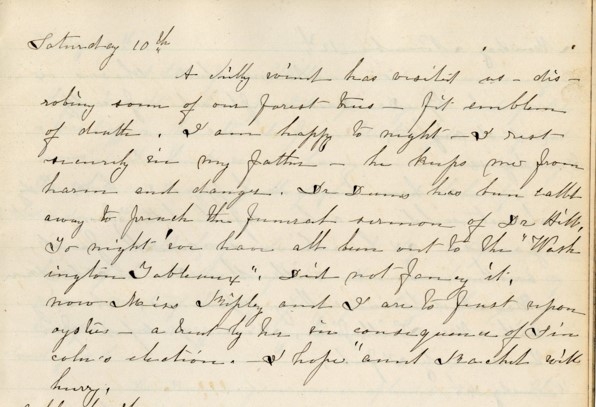
An excerpt from Ella Youmans' diary reads: "...Now Miss Ripley and I are to feast upon oysters - a treat by her in consequence of Lincoln's election..."
Check out some of our favourite food-related archival records below.
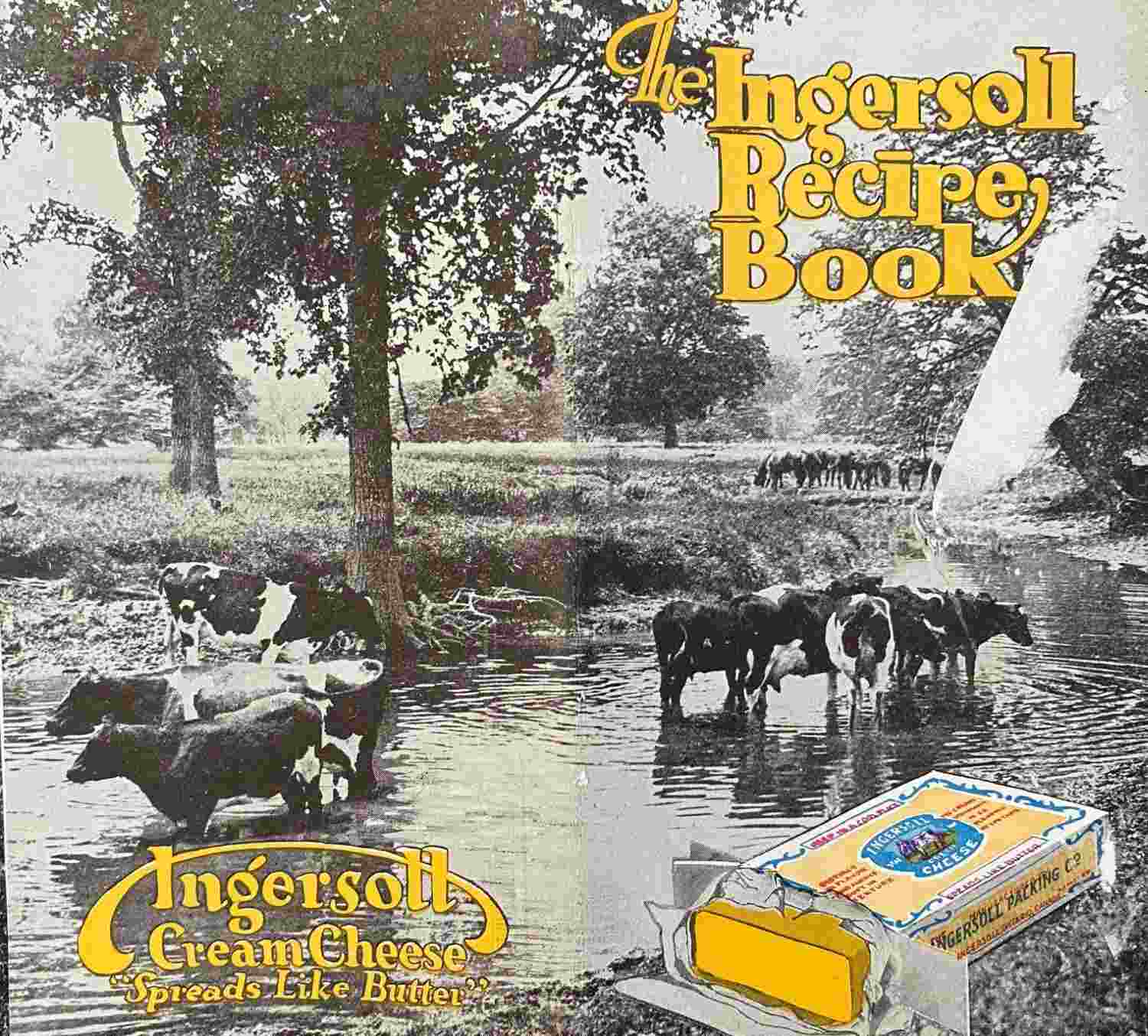
"Ingersoll Cream Cheese" recipe book.
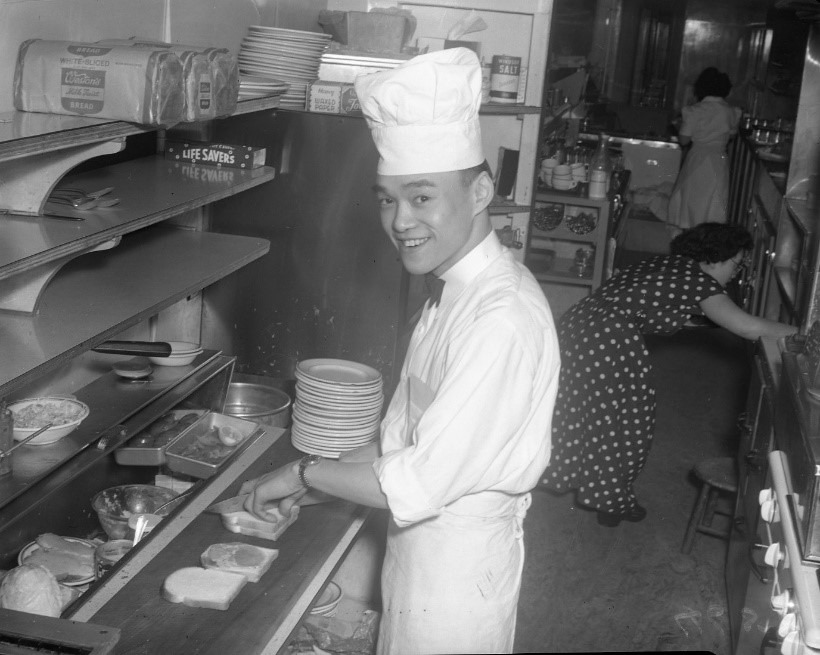
Food Rite Restaurant owner Hugh Chong working in the restaurant kitchen in Woodstock, Ontario. Circa 1949-1950 [COA123 4-181]
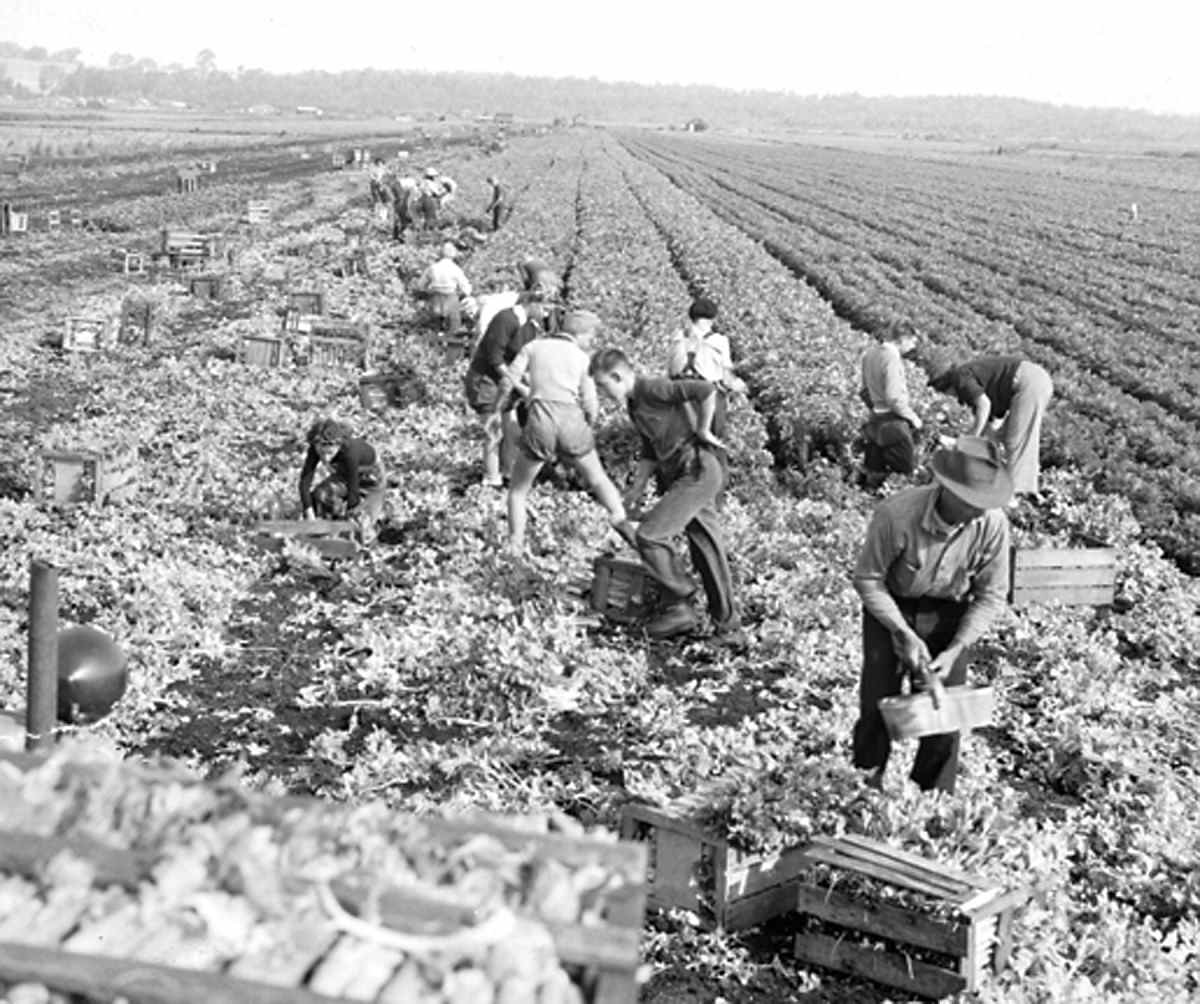
Farmerettes helping with harvesting a celery harvest.
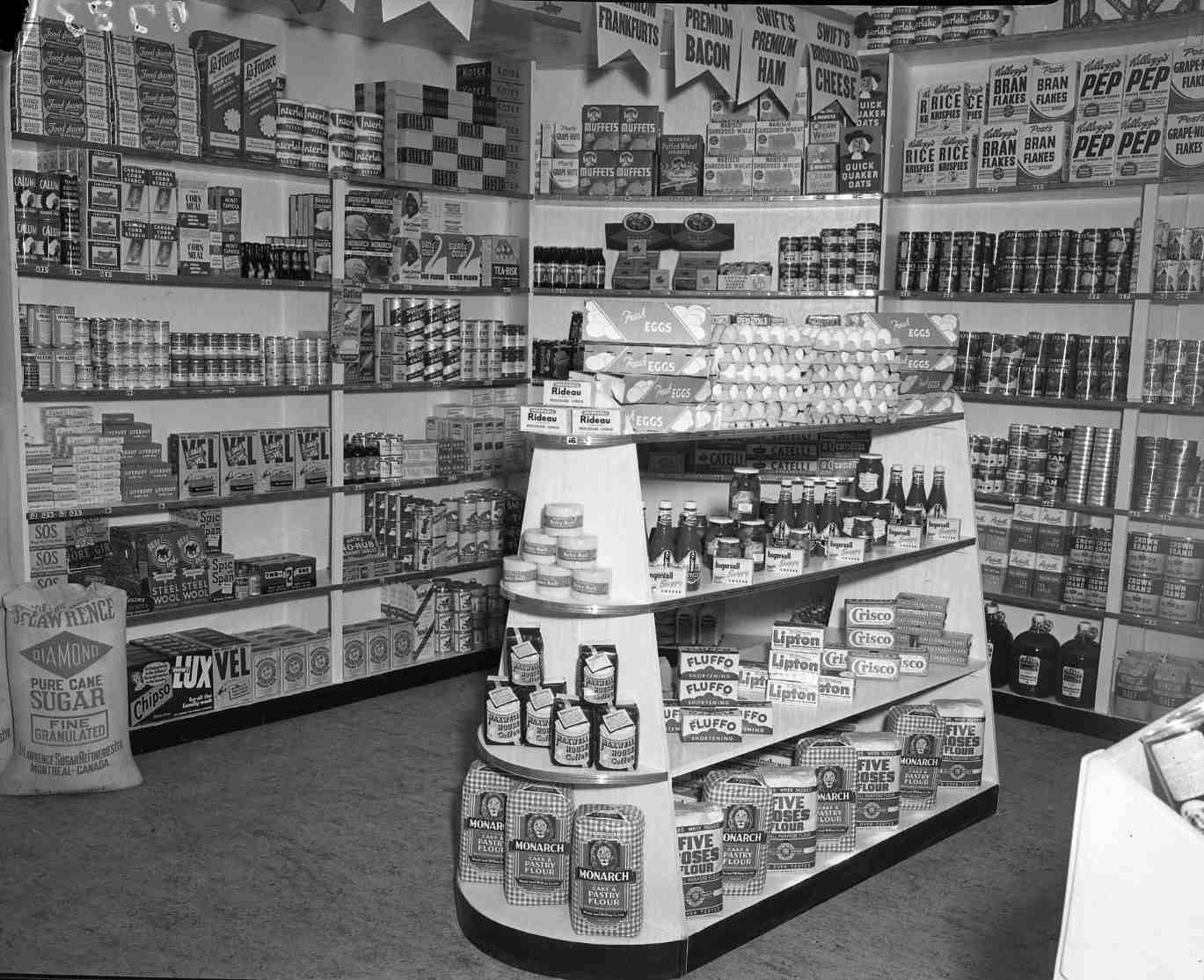
Shelves filled with food in an unidentified grocery store, circa 1951. [COA123 10-77]
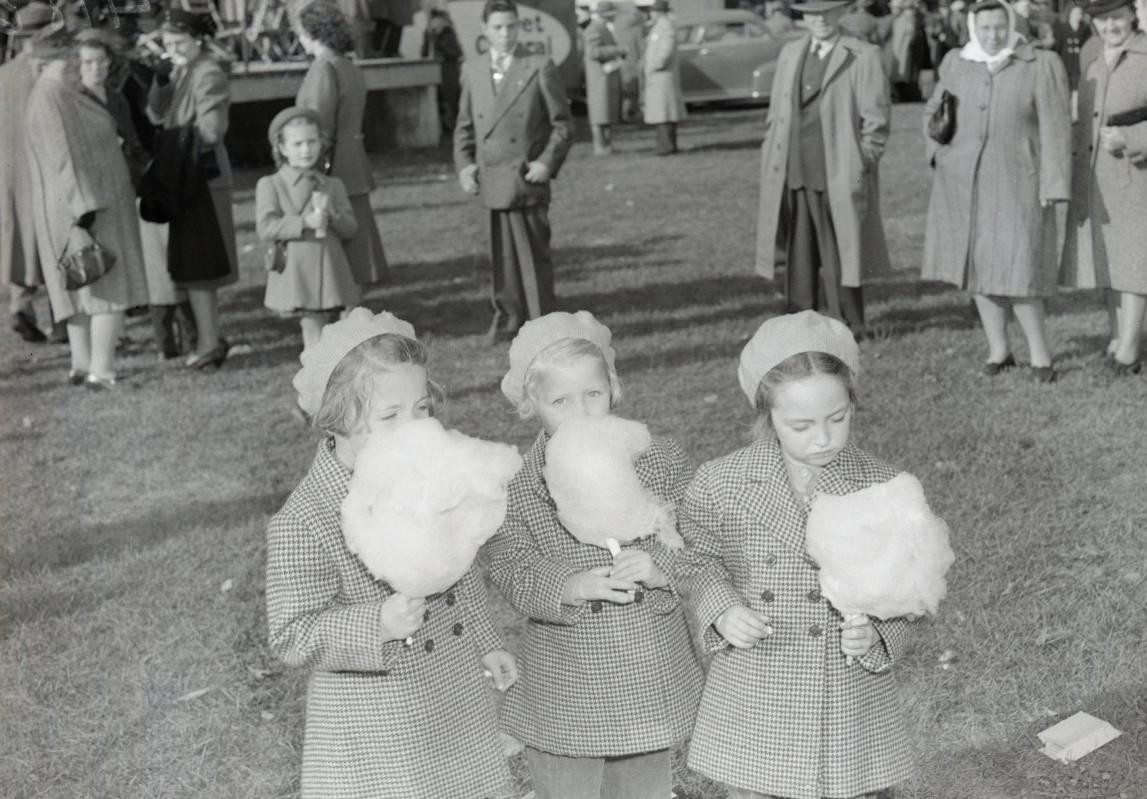
Three little girls eating cotton candy at a fair, circa 1949. [COA123 2-33]
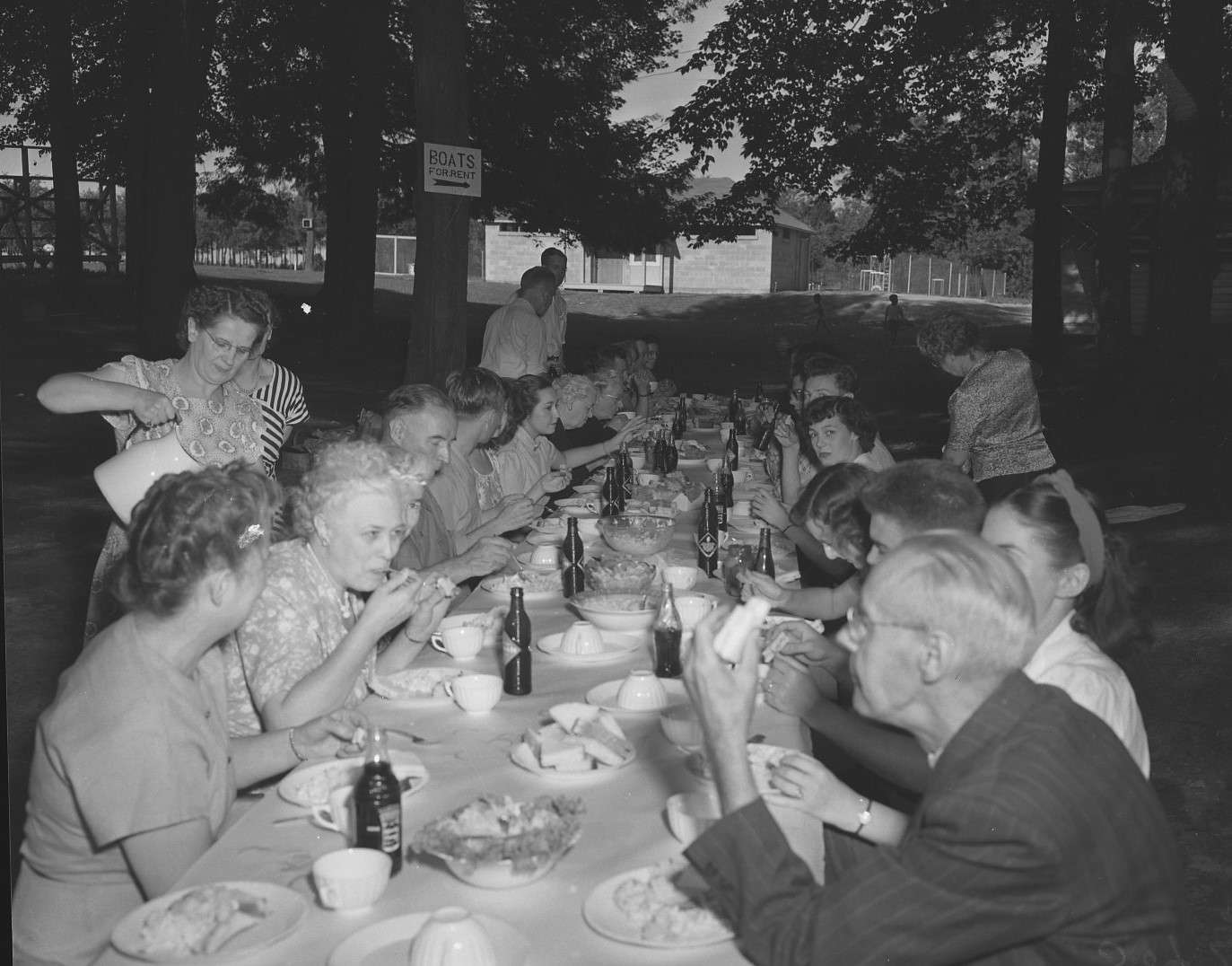
A large group of people having a picnic in an unidentified park, circa 1950. [COA123 4-230]
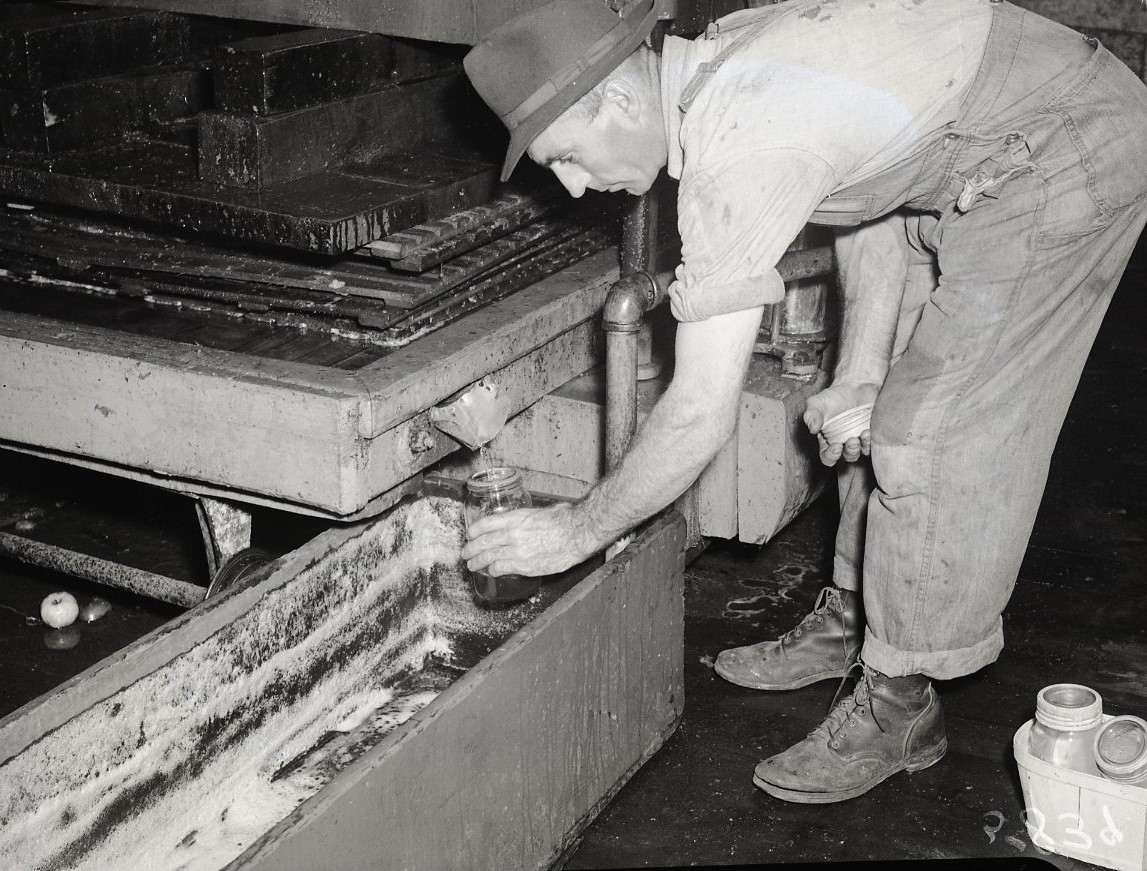
Man collecting juice from an apple cider press, circa 1950. [COA123 5-189]

Group of boys taking part in a pie-eating contest, circa 1950. [COA123 5-231]

Chef John Kane stirring a large vat of spaghetti at the former Ontario Hospital in Woodstock, Ontario, circa 1948. [COA123 5-25]
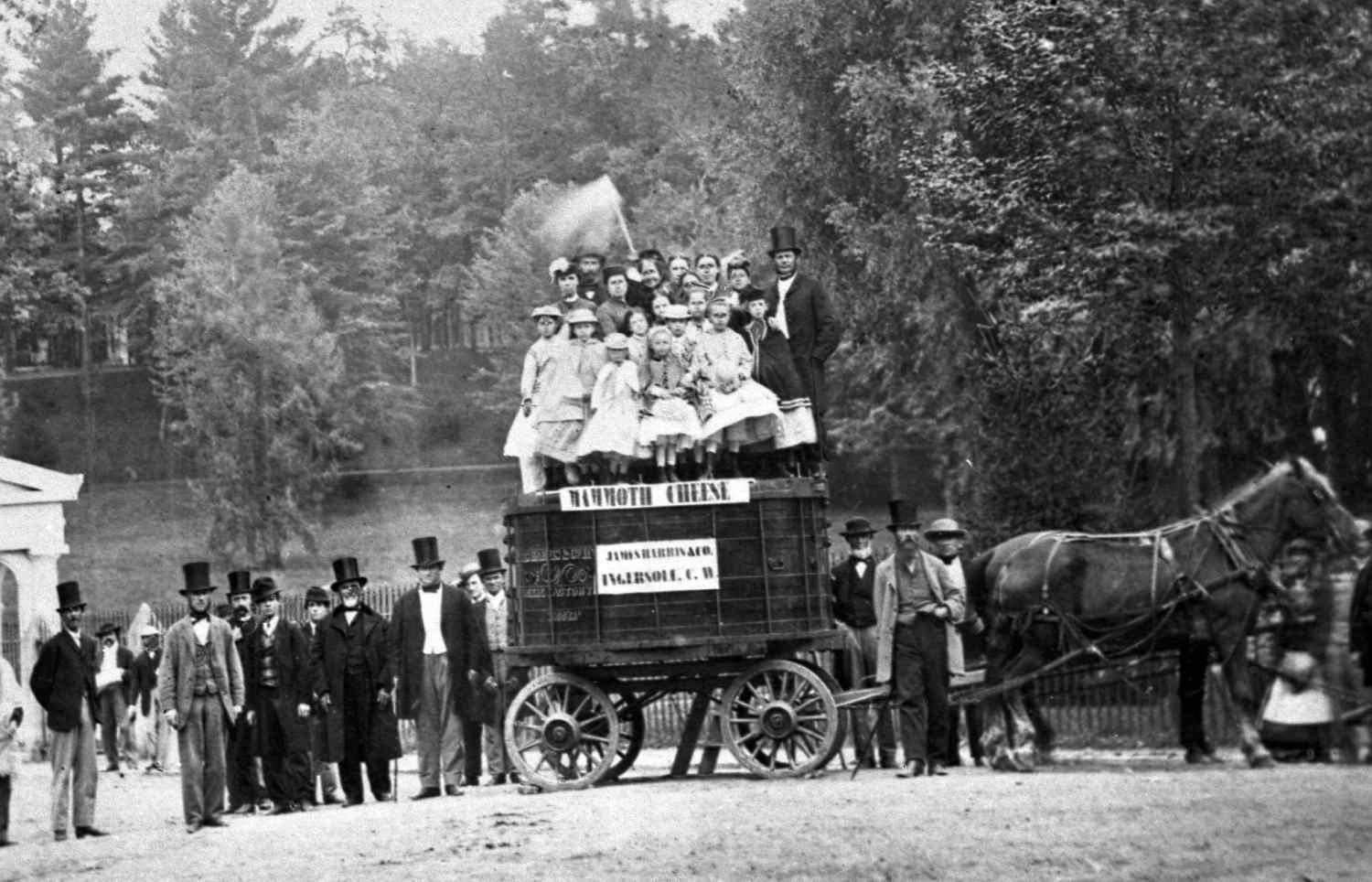
The giant mammoth cheese, a 7,300 pound block of cheese, produced in 1866 by the James Harris Cheese Factory formerly in Ingersoll, Ontario.
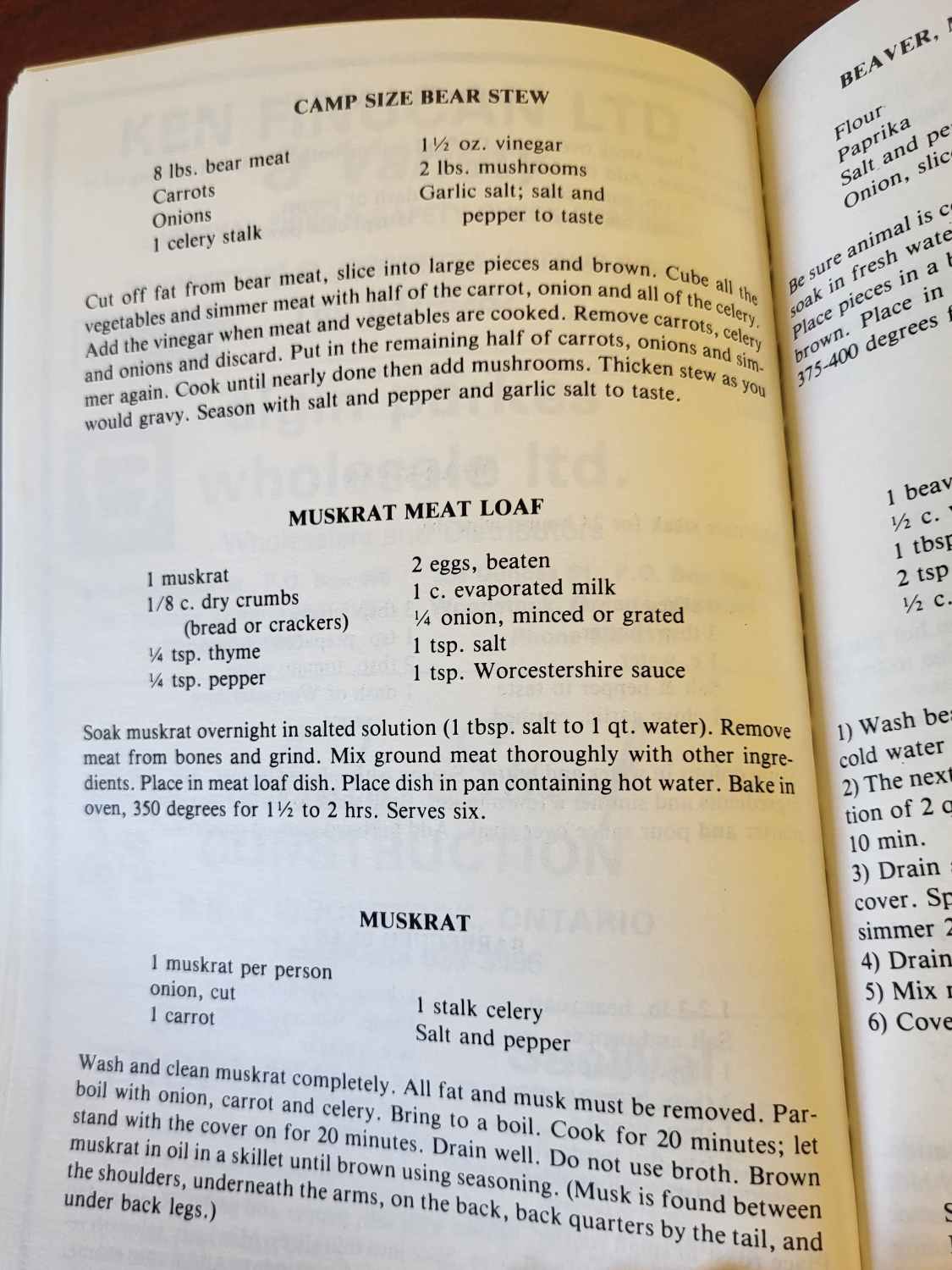
Recipes from a "Wildlife Cook Book" produced by the Woodstock Fish & Game Protection Association.
